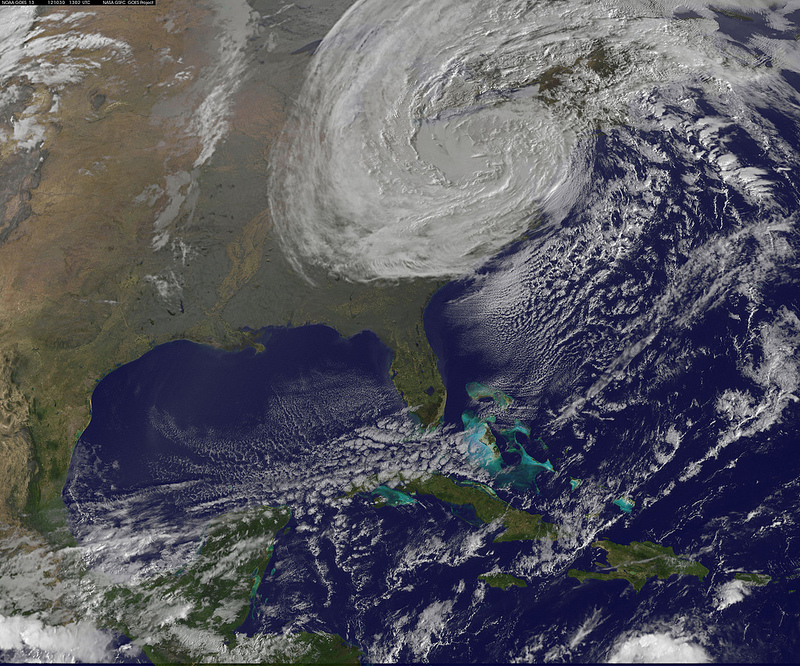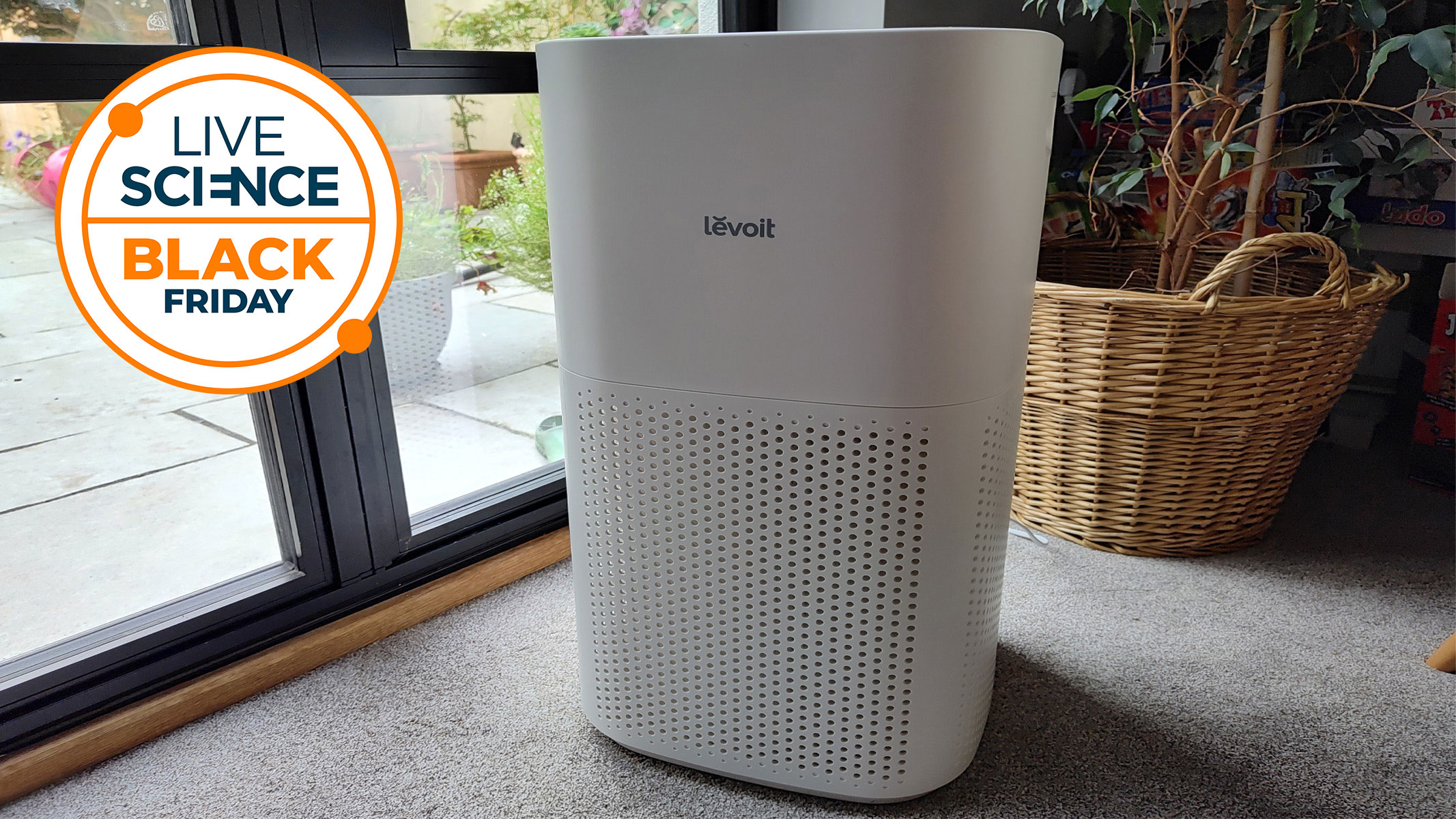Superstorm Sandy: Facts About the Frankenstorm
Death toll
The death toll from Sandy as of Nov. 1 was at least 149. The confirmed deaths include 42 in New York; 12 in New Jersey; nine in Maryland; six in Pennsylvania; five in West Virginia; four in Connecticut; two in Virginia; and one in North Carolina. One person died in Canada, and at least 67 people were killed in the Caribbean, including 54 in Haiti.
Origin of storm
Sandy began as a tropical wave in the Caribbean on Oct. 19. It quickly developed, becoming a tropical depression and then a tropical storm in just six hours. Tropical Storm Sandy was the 18th named storm of the 2012 Atlantic hurricane season. It was upgraded to a hurricane on Oct. 24 when its maximum sustained winds reached 74 mph (119 kph).
Sandy tore through the Caribbean, making landfall at Jamaica on Oct. 24. After leaving that island, the storm gained strength over open water and became a Category 2. The storm hit Cuba early Oct. 25, then weakened to a Category 1. On Oct. 26, it swept across the Bahamas. Sandy briefly weakened to a tropical storm on Oct. 27, then gained strength again to become a Category 1 hurricane before turning north toward the U.S. coast.
Sandy slams Jersey shore
Hurricane Sandy made landfall in the United States about 8 p.m. EDT Oct. 29, striking near Atlantic City, N.J., with winds of 80 mph. A full moon made high tides 20 percent higher than normal and amplified Sandy's storm surge. Streets were flooded, trees and power lines knocked down and the city's famed boardwalk was ripped apart. Along the Jersey shore, people were left stranded in their homes and waited for rescue teams in boats to rescue them. More than 80 homes were destroyed in one fire in Queens. Several other fires were started throughout the New York metro area.
Get the world’s most fascinating discoveries delivered straight to your inbox.
Seawater surged over Lower Manhattan's seawalls and highways and into low-lying streets. The water inundated tunnels, subway stations and the electrical system that powers Wall Street and sent hospital patients and tourists scrambling for safety. Skyscrapers swayed and creaked in winds that partially toppled a crane 74 stories above Midtown. A large tanker ship ran aground on the city's Staten Island.
As of Nov. 1, about 4.7 million people in 15 states were without electricity, down from nearly 8.5 million a day earlier. Subway tunnels in Lower Manhattan remained flooded, but some lines had resumed service. Airlines, which had canceled more than 15,000 flights around the world, were returning to normal schedules. Most gas stations in New York City and New Jersey were closed because of power shortages and depleted fuel supplies. Long lines formed at gas stations that were expected to open.
Sandy will end up causing about $20 billion in property damage and $10 billion to $30 billion more in lost business, making it one of the costliest natural disasters on record in the United States, according to IHS Global Insight, a forecasting firm. The New York City mayor's office in late November estimated total losses to the city to be $19 billion and asked the federal government for $9.8 billion in aid for costs not covered by insurance or FEMA.
By Nov. 1, Sandy had dissipated. The National Weather Service reported that "multiple remnants" were circulating across the lower Great Lakes region and moving into Canada. Some areas were getting residual rain and snow showers. Tides were back down to less than a foot above normal.
Frankenstorm
Sandy, the 10th hurricane of the 2012 Atlantic hurricane season, earned the nickname "Frankenstorm," as well as other descriptive appellations, such as "Blizzacane" and "Snor-eastercane." The National Hurricane Center's official name for the storm is "Post Tropical Cyclone Sandy." Many media outlets started calling it "Superstorm Sandy" after the storm made landfall, weakened and was downgraded from hurricane status.
At one point, Sandy's hurricane-force winds (at least 74 mph) extended up to 175 miles (280 kilometers) from its center and tropical storm-force winds (39 mph) out to 485 miles (780 km). Even so, according to the NHC, Sandy was still only the second-largest Atlantic tropical cyclone on record. Hurricane Olga, another late-in-the-year storm, set the record in 2001, with tropical-force winds extending 600 miles (965 km).
Sandy set other records, however, CNN reported. When hurricane hunter aircraft measured its central pressure at 940 millibars — 27.76 inches — Monday afternoon (Oct. 29), it was the lowest barometric reading ever recorded for an Atlantic storm to make landfall north of Cape Hatteras, N.C. The previous record holder was the 1938 "Long Island Express" Hurricane, which dropped as low as 946 millibars.
Sandy's strength and angle of approach combined to produce a record storm surge of water into New York City. The surge level at Battery Park topped 13.88 feet at 9:24 p.m. Monday, surpassing the 10.02 feet record water level set by Hurricane Donna in 1960.
New York Harbor's surf also reached a record level when a buoy measured a 32.5-foot wave Monday. That wave was 6.5 feet taller than a 25-foot wave churned up by Hurricane Irene in 2011. [Infographic: How Hurricanes Work]
Presidential campaign interrupted
President Barack Obama joined New Jersey Gov. Chris Christie on Oct. 31 to inspect the devastation, flying over flooded neighborhoods along the New Jersey coastline. He declared states of emergency in New York and New Jersey to allow federal aid to start flowing into damaged areas.
Republican Mitt Romney canceled political rallies on Oct. 29 and 30, turning one campaign appearance into a "storm relief" event. He gave brief non-political remarks and spent less than an hour collecting hurricane relief donations and loading them into a truck. Romney resumed his campaign on Oct. 31, using a Florida campaign stop to criticize the president's record. Obama resumed campaign appearances on Nov. 1.
The storm's political impact is still unknown. Concrete effects on Election Day are yet to be tallied: how many early voting days lost, how many voters who don't make it to the polls because of power outages, damaged homes or cleanup duties, whether any polling places or election equipment are damaged. Parts of four states seen as pivotal to this election were hit — North Carolina, Virginia, Ohio and New Hampshire.
Related:
Tim Sharp was Live Science’s reference editor from 2012 to 2018. Tim received a degree in Journalism from the University of Kansas. He worked for a number of other publications, including The New York Times, Des Moines Register and Tampa Bay Times, and as an editor for the Hazelden Foundation, among others.

